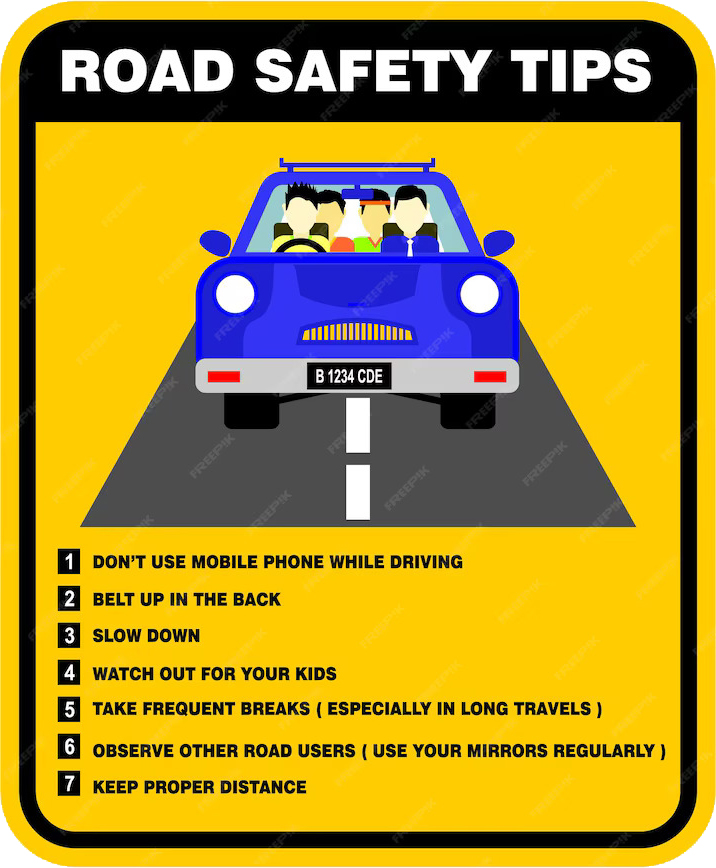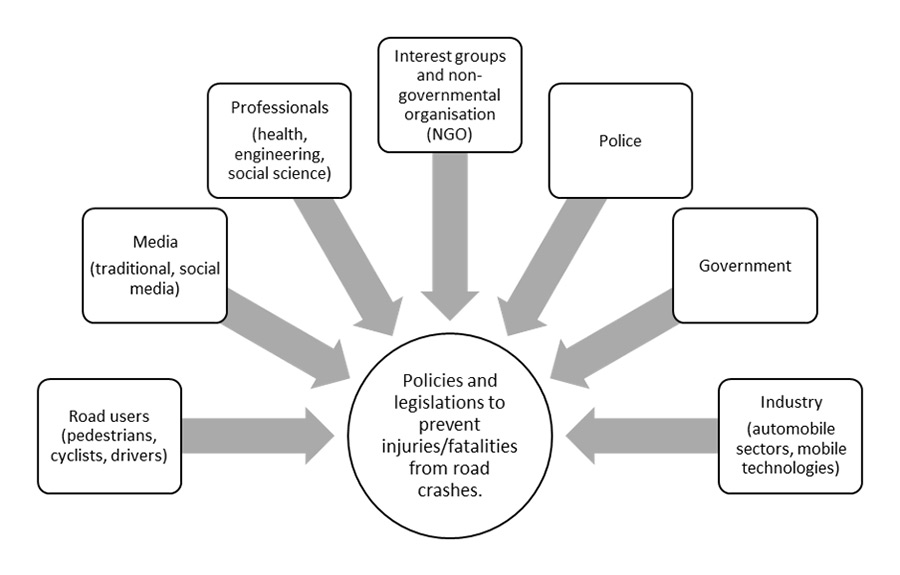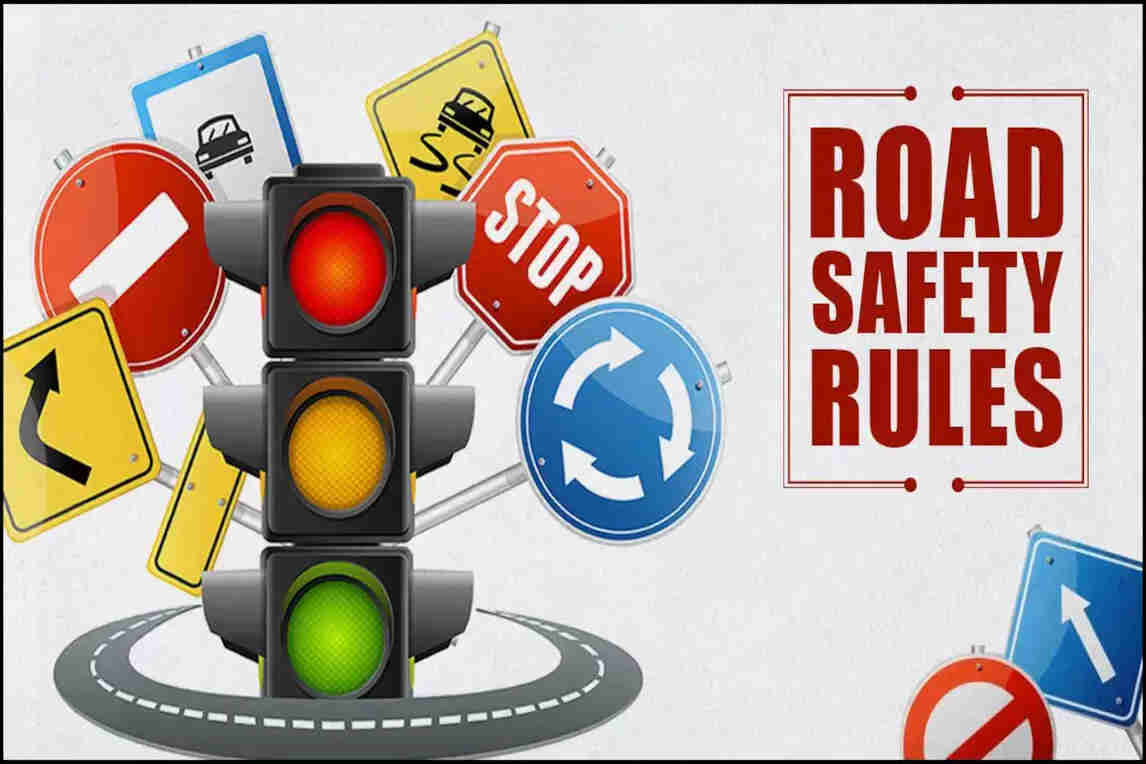About Us
For a 10-year-old boy working with NGO TRAX
For a 10-year-old boy working with Trax Ngo for traffic management and road safety, the vision and mission is simple, inspiring, and relatable to his age. Here’s a possible approach.
In a remarkable display of civic responsibility, Rehansh khanna of Pathways School Gurgaon has taken the initiative to distribute helmets, aiming to enhance road safety awareness in his community. Recognizing the critical role of protective gear in preventing injuries, especially for young riders,he has embarked on this mission to educate them . This initiative focuses on providing ISI-marked helmets to people on two-wheelers.Through his dedication, this young advocate is contributing to a culture of safety and responsibility on the roads, underscoring the importance of early education in fostering long-term behavioral change. Sharing the pictures below
For a 10-year-old boy working with NGO TRAX for road safety and traffic management, the vision and mission is simple, inspiring, and relatable to his age. Here’s a possible approach:Vision: To make roads safer for all, especially children
- A world where every child can travel safely on the roads without fear of accidents. Mission: To make roads safer for all, especially children
- To raise awareness among children and adults about road safety.
- To promote responsible traffic behavior through education and community initiatives.
- To encourage young people to be role models for safe road practices.
- To work with TRAX to make roads safer for everyone, especially children.
This keeps the vision broad and aspirational while making the mission actionable and age-appropriate.
Why Road Safety Is Important
Road safety refers to the measures and precautions taken to prevent accidents and injuries on roads. It includes safe driving practices, proper road infrastructure, and strict enforcement of traffic laws to protect all road users, including pedestrians, cyclists, and motorists.
High Accident Rates: India has one of the highest numbers of road accidents globally. According to official reports, over 1.5 lakh people die in road accidents every year.
Loss of Human Lives: Road accidents not only lead to fatalities but also cause severe injuries, disabilities, and long-term trauma for victims and their families.
Unsafe Driving Practices: Over-speeding, drunk driving, not wearing helmets or seat belts, and reckless driving contribute significantly to road mishaps.
Lack of Awareness & Traffic Discipline: Many road users, including pedestrians, cyclists, and drivers, are unaware of traffic rules or fail to follow them, leading to dangerous situations.
Road Accident

In 2023, India experienced a significant increase in road accidents and fatalities. According to data shared by states with the central government, nearly 1.73 lakh (173,000) individuals lost their lives in road crashes, averaging approximately 474 deaths daily. Additionally, around 4.63 lakh (463,000) people were injured in these incidents, marking a 4% rise compared to 2022.
State-wise Statistics:-
- Uttar Pradesh (UP): Recorded the highest number of fatalities with 23,652 deaths in 2023.
- Tamil Nadu: Reported 18,347 deaths, making it the second-highest in terms of road accident fatalities.
- Maharashtra: Accounted for 15,366 deaths due to road accidents.
Key Insights:-
- Two-Wheeler Riders: They constituted nearly 44% of the total fatalities, with approximately 76,000 deaths. Notably, about 70% of these victims were not wearing helmets at the time of the accident.
- Injuries : The number of injuries due to road crashes reached nearly 4.63 lakh in 2023, reflecting a 4% increase from the previous year.
Government Initiatives:-
To address the escalating road safety concerns, the Indian government has implemented a multi-faceted strategy focusing on the 4 E's: Education, Engineering (roads and vehicles), Enforcement, and Emergency Care. This comprehensive approach aims to mitigate the factors contributing to road accidents and enhance overall road safety.
Introduction to Road Safety
Introduction to Road Safety
What is Road Safety?
Road safety refers to the measures and precautions taken to prevent accidents and injuries on roads. It involves safe driving practices, adherence to traffic rules, vehicle safety measures, and awareness of road conditions to protect drivers, passengers, pedestrians, and cyclists.
Why is Road Safety Important?
Road safety is crucial because:
- ✅ It reduces accidents and fatalities.
- ✅ It prevents injuries and disabilities.
- ✅ It ensures smooth traffic flow and minimizes congestion.
- ✅ It saves costs related to medical treatment and vehicle repairs.
- ✅ It protects pedestrians, cyclists, and motorcyclists, who are the most vulnerable road users.
According to the World Health Organization (WHO), road accidents are a leading cause of death globally, especially among young people.

Major Causes of Road Accidents
Over Speeding – Increases the severity of crashes.
Ignoring Traffic Signals – Running red lights causes collisions.
Distracted Driving – Using mobile phones, eating, or adjusting the radio.
Drunk Driving – Reduces reaction time and decision-making ability.
Poor Road Conditions – Potholes, lack of proper signage, and unlit roads.
Not Wearing Seatbelts & Helmets – Increases risk of fatal injuries.
Essential Road Safety Rules
- ✔ Follow Speed Limits – Drive within the prescribed speed for different areas.
- ✔ Wear Seatbelts & Helmets – Protects against severe injuries.
- ✔ Obey Traffic Signals & Signs – Helps maintain order and prevent crashes.
- ✔ Avoid Mobile Phone Use – Focus on driving without distractions.
- ✔ Do Not Drink & Drive – Alcohol impairs judgment and reaction time.
- ✔ Give Way to Pedestrians – Always stop for people crossing the road.
- ✔ Use Indicators & Mirrors – Signal before turning or changing lanes.
Government Initiatives for Road Safety
Governments worldwide implement policies to improve road safety, including:
Stricter traffic laws & fines for violations.
Improved road infrastructure – Better lighting, signage, and maintenance.
Public awareness campaigns to educate drivers and pedestrians.
Strict vehicle safety standards to reduce accident risks.
Emergency response improvements – Quick medical aid after accidents.
